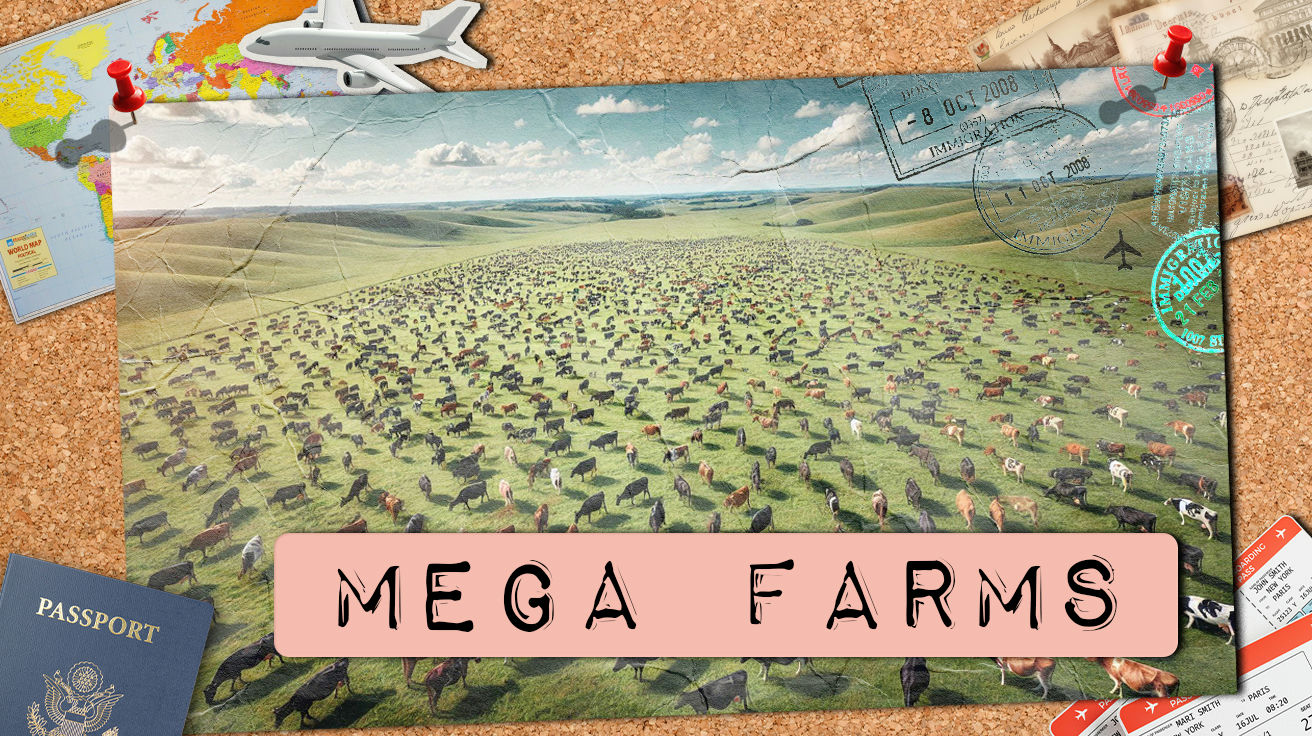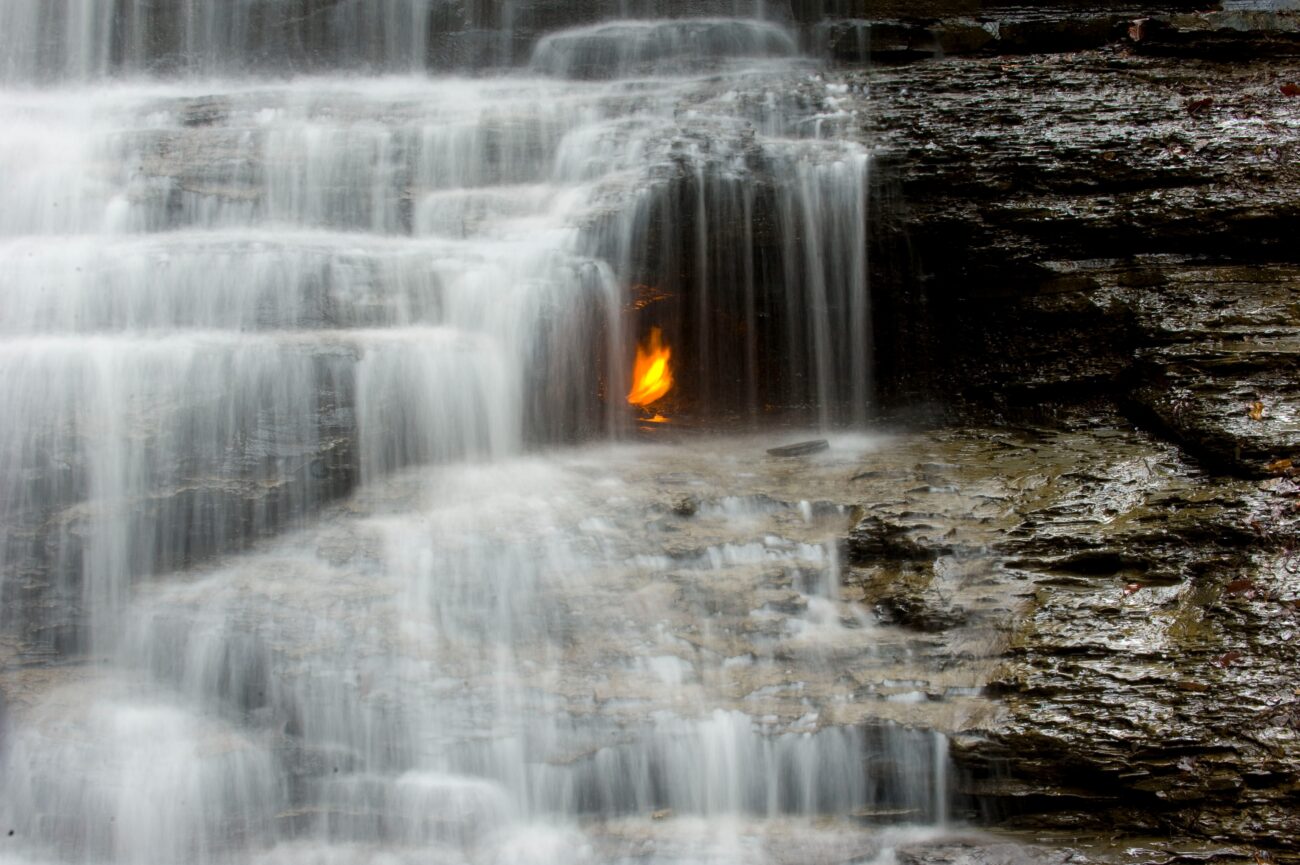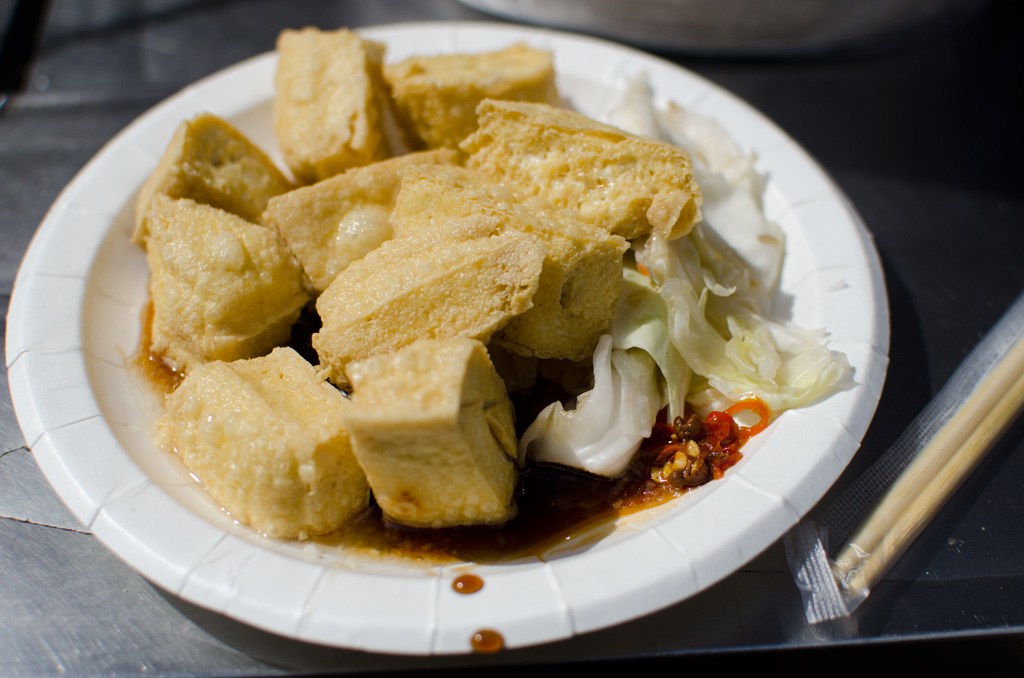Modern agriculture operates on a scale that defies imagination. Today’s largest farms don’t just grow food—they’re reshaping our entire understanding of agriculture through unprecedented size, cutting-edge technology, and revolutionary management approaches. These agricultural giants span millions of acres across continents, transforming how humanity feeds itself in the 21st century.
From China’s dairy metropolises to Australia’s boundless cattle stations, these titans of food production harness advanced technology to overcome seemingly impossible challenges. The results are changing global food systems forever. Ready to explore the staggering dimensions of these agricultural goliaths?
9. Mudanjiang City Mega Farm

Imagine a single farm larger than Portugal. Mudanjiang City Mega Farm in China’s Heilongjiang Province spans an astonishing 22.5 million acres. This agricultural metropolis houses over 100,000 dairy cows, producing more than 800 million liters of milk annually.
Cutting-edge automated systems handle milking and feeding with remarkable efficiency. Waste management technology converts manure into biogas, powering operations while reducing environmental impact. The mega-farm emerged as China’s strategic response to dairy import challenges, becoming an essential pillar in the nation’s food security architecture.
8. Anna Creek Station

The endless Australian outback hosts this legendary cattle kingdom where distance is measured in flight hours rather than miles. Anna Creek Station commands over 6 million acres of South Australian terrain—more than 15 times larger than Greater London—making it the world’s largest working cattle station.
Helicopter mustering and drone surveillance have revolutionized livestock management across this vast operation. Established in 1863, the station has adapted to extreme conditions through innovative water management systems. Here, cutting-edge technology meets century-old ranching traditions in perfect harmony.
7. Rusagro

Russia’s agricultural renaissance finds its champion in Rusagro, spanning 1.65 million acres across the fertile Black Earth Region and rugged Siberian territories. Many people are surprised to learn Russia has become an agricultural powerhouse, with Rusagro leading this transformation.
Satellite mapping guides AI-powered tractors through vast fields while research laboratories develop specialized cold-resistant crop varieties. This vertically integrated operation handles everything from grain production to retail sales, emerging from Soviet-era collectives into a thoroughly modern food production engine.
6. Clifton Hills Station
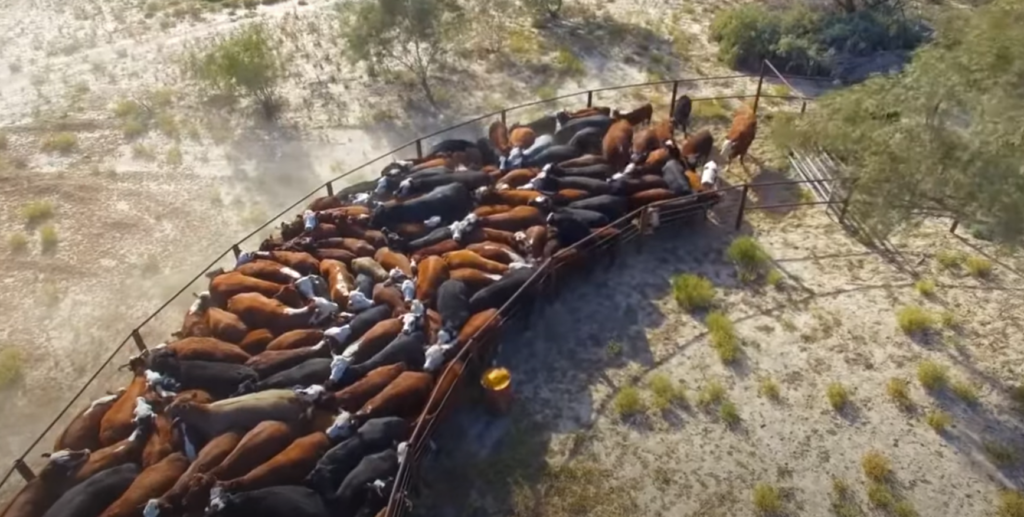
Sprawling across 4.2 million acres of South Australian wilderness, Clifton Hills Station operates without conventional fencing—a landscape so vast that traditional ranching methods simply don’t apply. The station embodies the spirit of the outback in its purest form.
Helicopter pilots and GPS trackers have replaced boundary riders, enabling management of essentially boundless cattle operations. This family-owned station, established in 1876, balances heritage with innovation. Each day unfolds as a test of resourcefulness against one of Earth’s most unforgiving environments.
5. Al Dahra Farm

In regions where farming seems impossible, Al Dahra proves otherwise. This multinational operation spans 400,000 acres across the UAE, Egypt, and Serbia, transforming desert into productive agricultural land through technological innovation.
Sophisticated drip irrigation systems and desalinated water make the impossible possible. Climate-controlled greenhouses maintain optimal growing conditions despite extreme exterior temperatures. The operation functions as a global agricultural command center, supplying essential animal feed to markets in China, Saudi Arabia, and Japan.
4. El Tejar
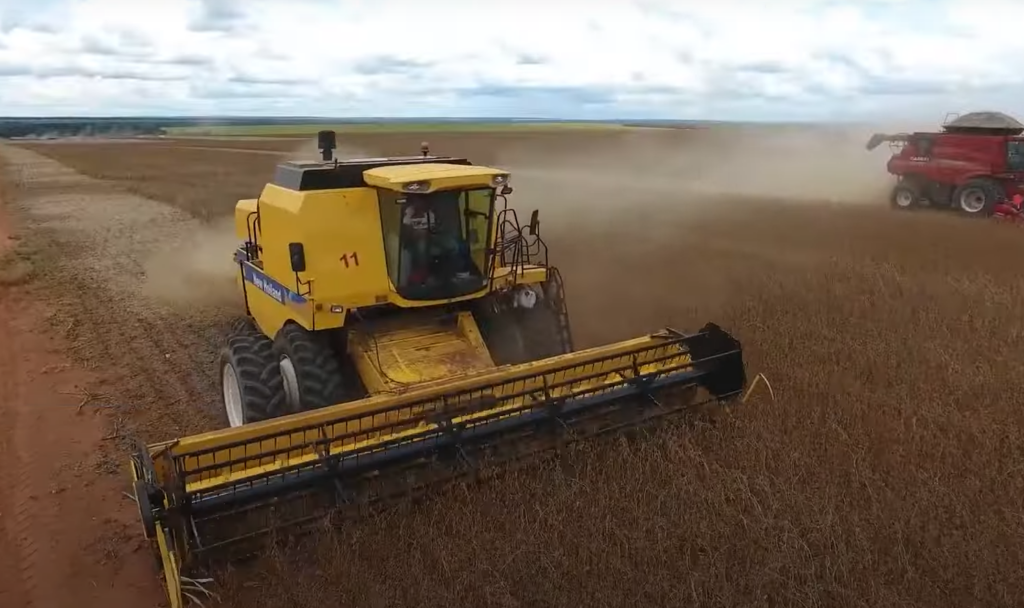
El Tejar revolutionized South American agriculture through business innovation. At its peak, the company managed over 2 million acres across Argentina, Brazil, Uruguay, and Bolivia without owning most of the land it farmed.
This asset-light model—leasing rather than purchasing land—created extraordinary operational flexibility. Satellite imagery monitors crop development across vast territories while GPS-guided machinery ensures precision in every field operation. The company demonstrates how technology transforms raw land into a sophisticated global food engine.
3. Ivey Ranch
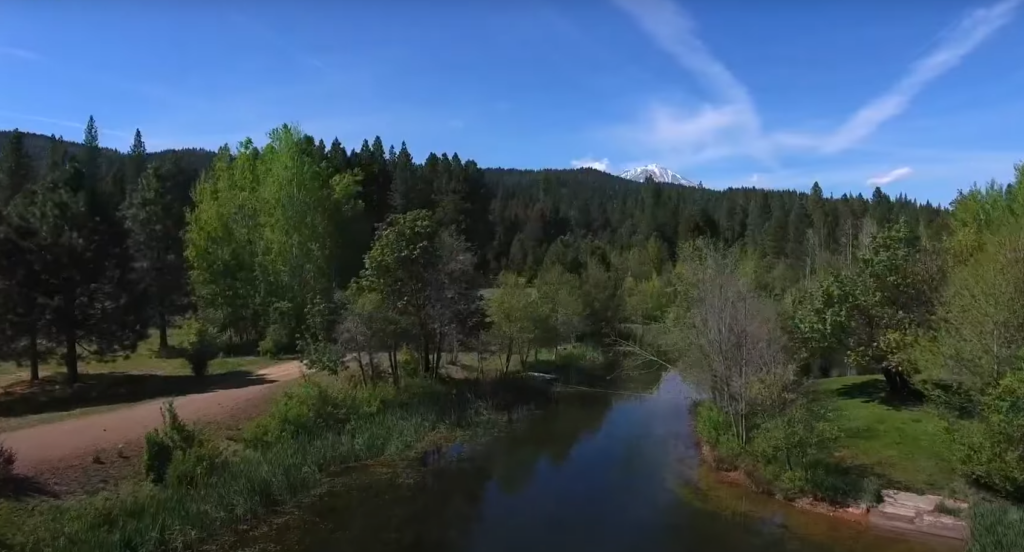
Covering 500,000 acres—about 64% of Rhode Island’s size—this iconic Texas ranch balances tradition with innovation. Unlike purely profit-driven operations, Ivey Ranch maintains deep connections to American ranching heritage.
Sustainable grazing practices improve soil health across the vast property. Wildlife conservation initiatives run alongside cattle operations, demonstrating environmental stewardship. The unique blend of cowboy skills and modern technology preserves ranching traditions while embracing scientific range management practices.
2. Olam International

“Globalization isn’t just about trade; it’s about connection.” This philosophy drives Olam International, with substantial farming interests across more than 60 countries and influence over 3.8 million acres of agricultural land globally.
Their diversified portfolio spans almonds, coffee, cocoa, rice, and other staples. Blockchain technology ensures remarkable supply chain transparency from field to market. Olam is recognized for its sustainability initiatives, implementing reforestation, soil restoration, and carbon offset programs throughout their global operations.
1. Beidahuang Group

As China secures its food future, Beidahuang Group leads the charge. This state-owned giant controls 5.3 million acres primarily in Heilongjiang Province, operating a fully integrated system from seed development to retail food sales.
Drones, AI sensors, and satellite imagery guide operations across this massive agricultural enterprise. Autonomous tractors work fields with astonishing precision. Beyond China’s borders, Beidahuang leases land in Argentina, Russia, and Southeast Asia, extending Chinese agricultural influence globally.


